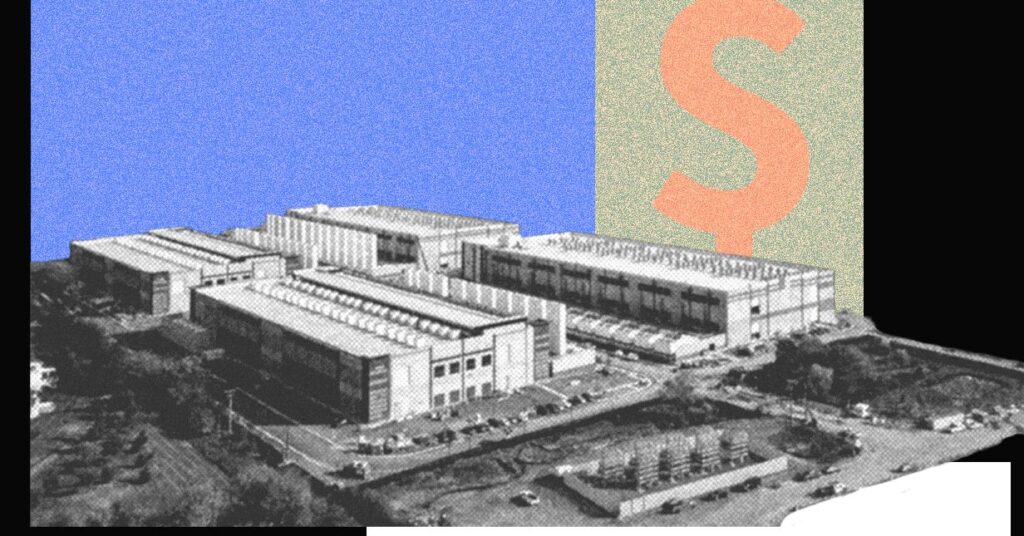The Surge of AI Data Centers is Distorting the US Economy

The influx of capital into AI data center initiatives is remarkable. Recently, Microsoft, Alphabet, Meta, and Amazon revealed plans for capital expenditures totaling around $370 billion by 2025, with expectations that this figure will climb even higher in 2026. Microsoft emerged as the largest investor last quarter, contributing nearly $35 billion to data centers and related ventures, equating to 45 percent of its revenue.
Seldom has a single technology attracted such massive funding in such a short span. Concerns about a potential AI bubble are intensifying daily; yet, regardless of a potential downturn, the current investment rush is already transforming the US economy. Harvard economist Jason Furman suggests that spending on data centers and software processing technology accounted for nearly all GDP growth in the US during the first half of 2025.
Today, we’ll explore how data centers are influencing three critical sectors: public markets, employment, and energy.
Cashing Out
The US stock market is thriving, primarily due to AI. Since the release of ChatGPT in November 2022, AI-focused stocks have made up 75 percent of S&P 500 returns and 80 percent of earnings growth, as reported by JPMorgan’s Michael Cembalest. The pressing question is whether this growth can be maintained amid heavy tech spending on AI infrastructure.
At the beginning of this year, major tech companies were primarily funding their AI initiatives with available cash. Financial journalist Derek Thompson noted that the ten largest public firms in the US started 2025 with unusually high free cash flow margins. Essentially, their impressive profitability allowed them to set aside billions for investments in Nvidia GPUs and data center expansions.
This trend has largely persisted into 2025. For instance, Alphabet informed its investors last week that its capital expenditures could reach as much as $93 billion this year, up from a prior estimate of $75 billion. Additionally, it reported a 33 percent year-over-year revenue increase. In simpler terms, Silicon Valley is both ramping up spending and boosting earnings. So, everything seems fine, right?
Not quite. For one, it appears that tech giants may be employing accounting strategies to present an overly optimistic view of their financial health. A considerable share of AI investment goes to Nvidia, which rolls out new GPU versions approximately every two years. However, Microsoft and Alphabet are currently projecting that their chips will be effective for six years. If they are required to upgrade sooner to maintain their competitive edge—a likely scenario—it could negatively impact their profits and overall performance.
